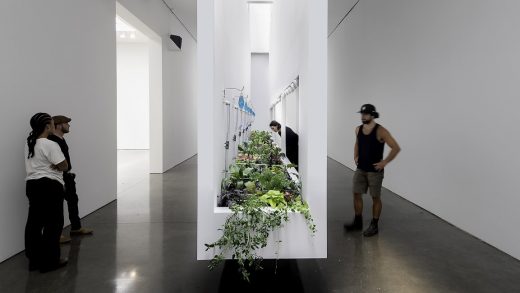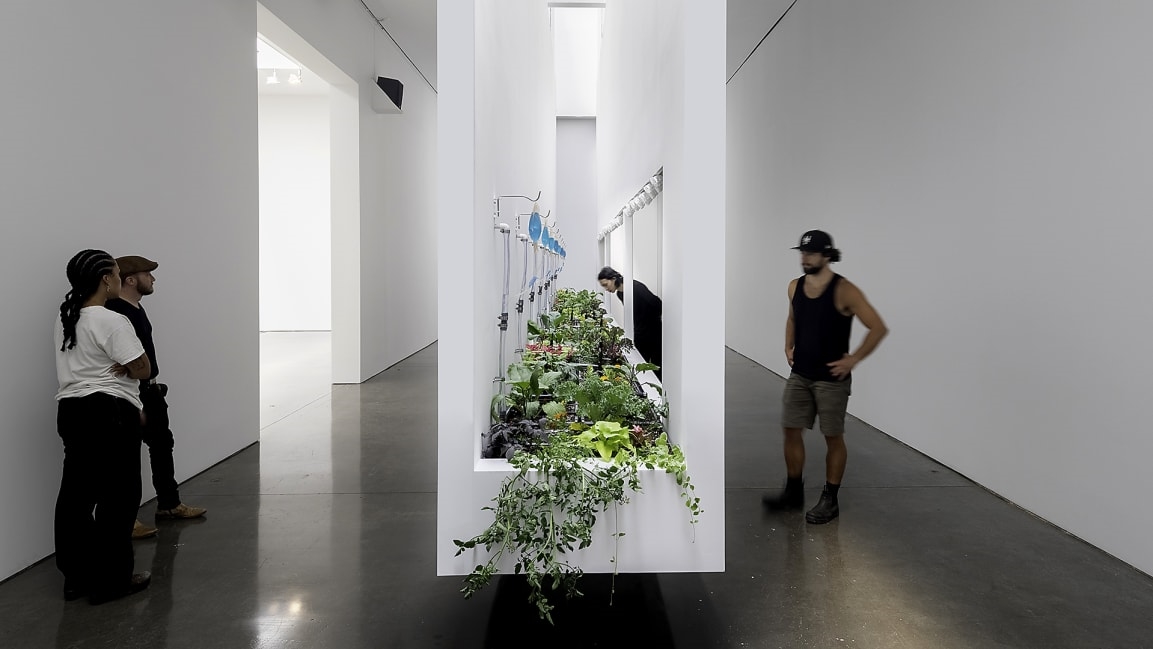At this NYC gallery, you can eat the artwork
Are we really that different? is a fully functional urban farm installation that grows plants in an unusual and definitively inhospitable environment: Gagosian’s Chelsea gallery in New York City.
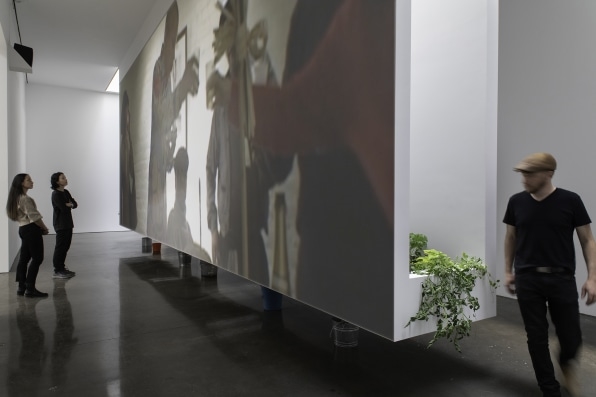
The installation—now on view as part of Social Works, a group exhibition curated by Antwaun Sargent—is a collaboration between artist Linda Goode Bryant and architect Elizabeth Diller of Diller Scofidio + Renfro. It draws from Goode Bryant’s work with New York City-based Project EATS (the nonprofit urban farming organization she established, which responds to food equity issues), as well as her years running JAM (Just Above Midtown), a gallery that focused on uplifting work by African American artists.
Goode Bryant says she wanted to grow food within infrastructure that is human made—the structure of the gallery and the building itself. Beyond that, the installation is designed to “present the possibility of a symbiosis that’s parasitic.”
She operates several farms in New York, but the inspiration for this installation reaches back to her childhood. “I grew up in Ohio, where houses are often laced with vines,” she said. “If you don’t cut the vines, they destroy the wood, or the wood may destroy the vines. We get to observe over the course of the installation whether or not the plants will destroy the host.”
The 40-foot-tall installation comes to life in a long hallway inside the gallery, where a narrow structure housing plant plots hangs from the gallery’s skylight. Because the sprinkler system couldn’t be hacked for irrigation, the plants are hydrated with water and nutrients delivered through IV “life support” pouches on the interior of the floating box.
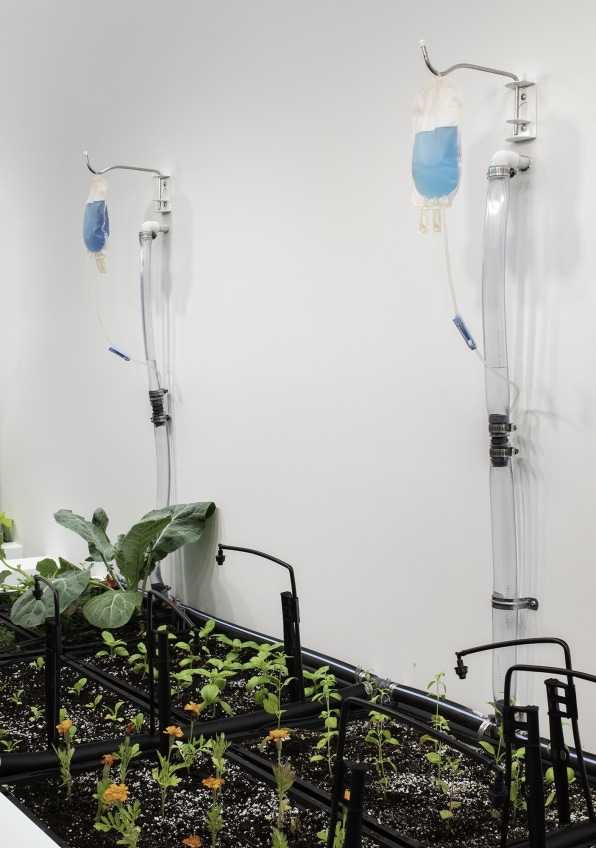
Sunlight comes from the building’s skylight; the hanging structure is designed to occupy its exact dimensions, blocking a key architectural feature typically used to showcase art inside the gallery. The vegetables and edible flowers are harvested daily, allowing visitors to literally “eat the work,” Diller says, noting that she was interested in the inhospitable conditions of galleries, which like museums are tightly controlled indoor environments, regulating sound, humidity, temperature, and light. Plants, meanwhile, enjoy ample sun and water—the “enemy of exhibition space,” she says. “The main principle was to intersect the logic of a farm with the logic of a gallery—two programs at odds with one another.”
The installation also features a film by Goode Bryant depicting artists from JAM. She closed the gallery space in 1986, but still curated and recorded performances, concerts, and installations in Black communities, which became fodder for the film—musicians, artists, dancers, and writers, and their relationships with each other. The film is projected on one of the hanging walls that houses the plants, which blocks ambient light for the film and directs the light from the skylight to the plants themselves.
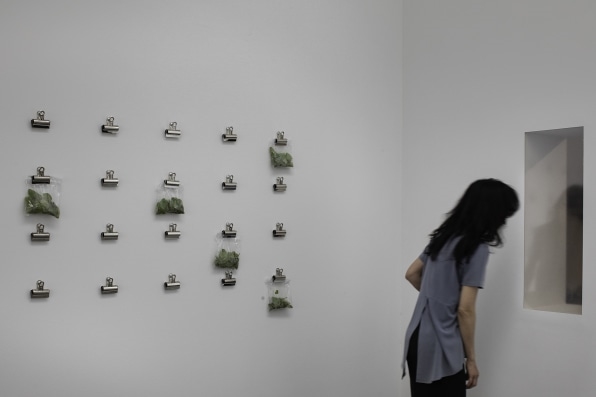
Good Bryant says the film’s content inspired the name and the theme of the installation. “We’re possibly in a ‘reckoning’ of recognizing Black artists. . . . We were excluded for so long,” she says. “I started JAM because African American artists weren’t being recognized.
“Are we really that different from how we were 40 or 50 years ago? Are we really that different in terms of race, or do we all share a life force?” she asks. “Are [humans] really that different than the installation? Do we mirror that relationship? Is our intention to destroy the host—or does the host destroy us? The viewers get to determine who is the ‘we’ in the question.”
The installation is on view through August 13.
(30)

